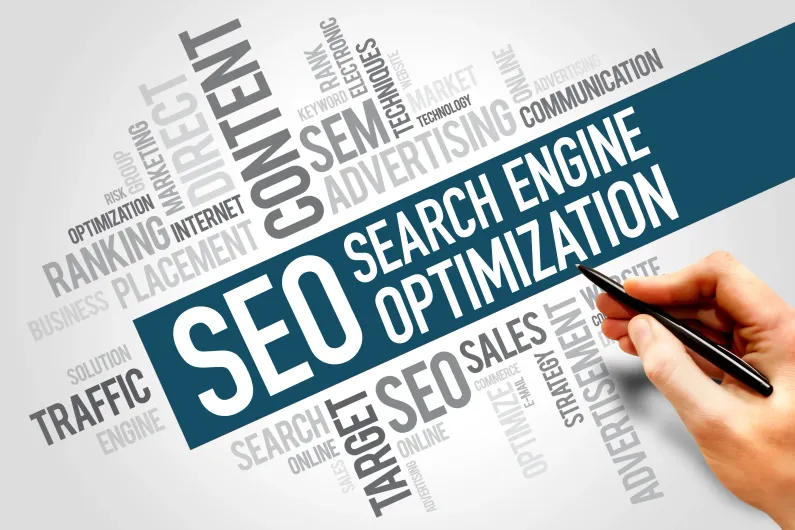
The Importance of Technical SEO for Website Performance and Rankings
Did you know that slow website speed can increase bounce rates by over 100%? For businesses, optimizing technical SEO isn’t just about improving load times, it’s about enhancing user experience, increasing conversions, and achieving higher search engine rankings. Technical SEO is crucial for your website to meet the requirements of modern search engines, making it easier for users to access and engage with your content. This post will guide you through the critical aspects of technical SEO and how to optimize your website for better performance and visibility.
Key Takeaways
- What is Technical SEO? It’s the process of optimizing your website’s infrastructure to help search engines crawl and index your site effectively.
- Critical Elements of Technical SEO:
- Site speed optimization
- Core Web Vitals (LCP, FID, CLS)
- Mobile-friendliness
- Secure connection (HTTPS)
- Effective crawling and indexing
- Why It Matters: Technical SEO impacts search engine rankings, user experience, and conversion rates.
Why is Technical SEO Important?
Technical SEO directly influences how search engines discover and rank your content. A fast, accessible, and user-friendly site not only satisfies visitors but also meets Google’s ranking criteria. For example, research shows that 53% of users abandon a site that takes longer than three seconds to load. Google’s Core Web Vitals have further emphasized the need for speed, stability, and interactivity.
When your website is technically optimized, it ensures better indexing and higher chances of appearing in search results, translating into more organic traffic and better business outcomes.
Key Components of Technical SEO
Site Speed
Site speed is a major ranking factor and crucial for user satisfaction. Slow-loading pages drive visitors away and reduce engagement. Here are some optimization tips:
- Compress Images: Use modern formats like WebP.
- Enable Lazy Loading: Delay loading images until they’re needed.
- Minify Code: Reduce file sizes by minimizing CSS, JavaScript, and HTML.
- Use a CDN: Distribute content to servers closer to users for faster loading.
Core Web Vitals
Google’s Core Web Vitals measure key aspects of user experience:
- Largest Contentful Paint (LCP): Measures loading performance. Aim for under 2.5 seconds.
- First Input Delay (FID): Measures interactivity. Target less than 100ms.
- Cumulative Layout Shift (CLS): Measures visual stability. Strive for less than 0.1.
Mobile Friendliness
With most web traffic coming from mobile devices, Google uses mobile-first indexing. Ensure your website is responsive, loads quickly on mobile, and offers an intuitive experience.
Secure Connection (HTTPS)
A secure site protects user data and is a known ranking factor. Ensure your website has an SSL certificate and displays as HTTPS.
Crawling & Indexing
If search engines can’t crawl and index your site, it won’t appear in search results. Key practices include:
- Submit a Sitemap: Help search engines understand your site’s structure.
- Fix Robots.txt Files: Ensure important pages aren’t accidentally blocked.
- Resolve Crawl Errors: Use Google Search Console to find and fix issues.
Common Technical SEO Mistakes to Avoid
- Broken Links: Regularly audit your site for dead links and fix them.
- Duplicate Content: Use canonical tags and avoid content duplication.
- Improper Redirects: Implement 301 redirects correctly to preserve link equity.
- Unoptimized Images: Compress images to enhance site speed.
Best Practices for Optimizing Technical SEO
- Enable Lazy Loading: Improve load times by delaying non-critical resources.
- Use CDNs Wisely: For dynamic or high-volume images, a CDN can enhance speed.
- Compress Images and Files: Use tools to reduce file sizes without sacrificing quality.
- Leverage Google Search Console: Monitor performance and fix indexing issues.
- Audit with Screaming Frog: Identify broken links, duplicate content, and technical errors.
Conclusion
Technical SEO is essential for any business looking to improve website performance, enhance user experience, and rank higher in search results. By focusing on speed, mobile-friendliness, and crawlability, you can ensure long-term digital success.
Ready to optimize your website for better rankings and performance? Schedule a free SEO analysis with Thursday Creative today. For more insights, check out our Core Web Vitals guide or contact us for expert advice.




